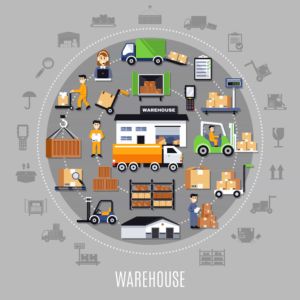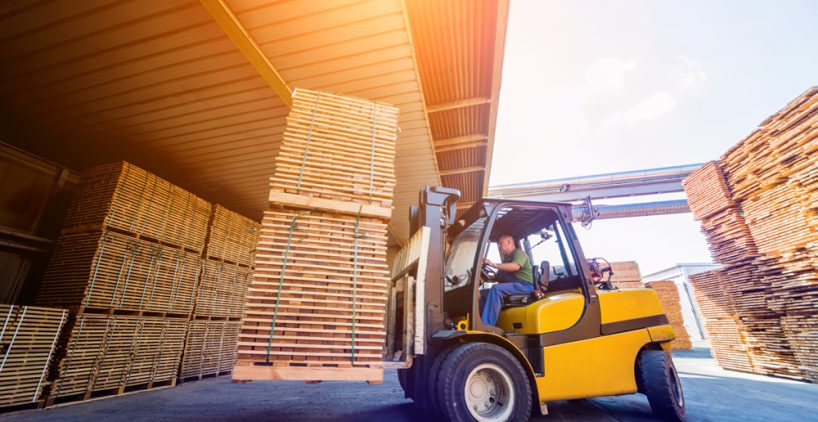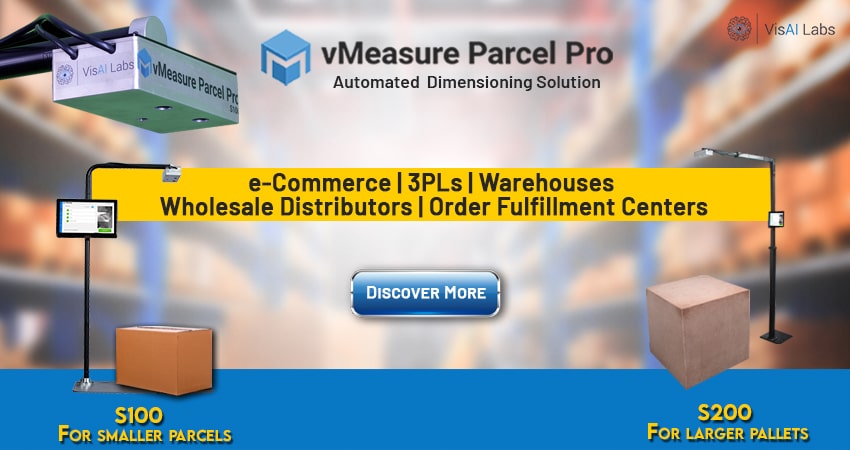Warehousing has always been a significant part of logistics. In today’s pandemic climate, with mobility restrictions still in place, there are new norms getting established across the supply chain.
It has caused a ripple effect that led to a surge in demand for innovative logistical solutions that solve physical problems with solutions that are backed by digital power.
Warehouses are like the motherships. They manage the transportation and storage of inventories, balance the demand and supply of goods, and do their bit to improve revenue margins. There must be perfect alignment and collaboration between the warehousing and shipping functions for increased efficiency in inbound and outbound logistics.
It is why warehouses centers across the world are partnering with logistical providers to leverage cutting-edge dimensioning technology. For instance, dimensioning solutions allow them to capture data and proportions of products. Now, shipping costs can be predicted with greater accuracy and at a much faster rate.
Now, let’s look at seven ways in which logistics providers are leveraging automated dimensioning solutions to transform their warehouse operations.

Automation of the dimensioning process
Automating the dimensioning process measures the Stock Keeping Units (SKUs) efficiently and assists in resourceful slotting, cartonization, and quality checks.
- Simplify warehouse functionalities
- Decrease carbon footprint and wastage
- Minimize operational costs
- Eliminate overheads
Smarter Decision-making Capabilities
- Decide the right packaging
- Identify the storage space
- Manage handling equipment
- Figure out shipping mode and freight charges
Quick Determination Of Warehouse Rents
- Leverage the value and volume of items to determine reasonable rents
- Determine the exact value and volume of an item to arrive at a fair rent
Overall Increase In Warehouse Throughput
- Enhance the order fulfilment journey
- Implement the design goals of warehouse machinery
Stronger Position For Revenue Recovery
- Gauge the physical attributes of products accurately
- Ensures precision of the measurements
- Improves productivity and operational efficiency
Seamless Inbound Shipping
- End process snags by deploying automated parcel and pallet dimensioners
- Measure, capture, sort, package, and send the incoming freight to recommended locations
Read how logistics providers can collaborate with dimensioning specialists to transform the warehouse
Implementation Of Dimensioning Systems
- Select the right dimensioning equipment and infrastructure
- Capture and maintain measured details in a master file
- Create more value in supply chain functions and applications.
The Rise Of Reverse Logistics
- Improve utilization of asset utilization
- Create higher ROI by satisfying more customers
- Eliminate overheads and mitigate operational cost risks
- Promote environment-friendly practices



